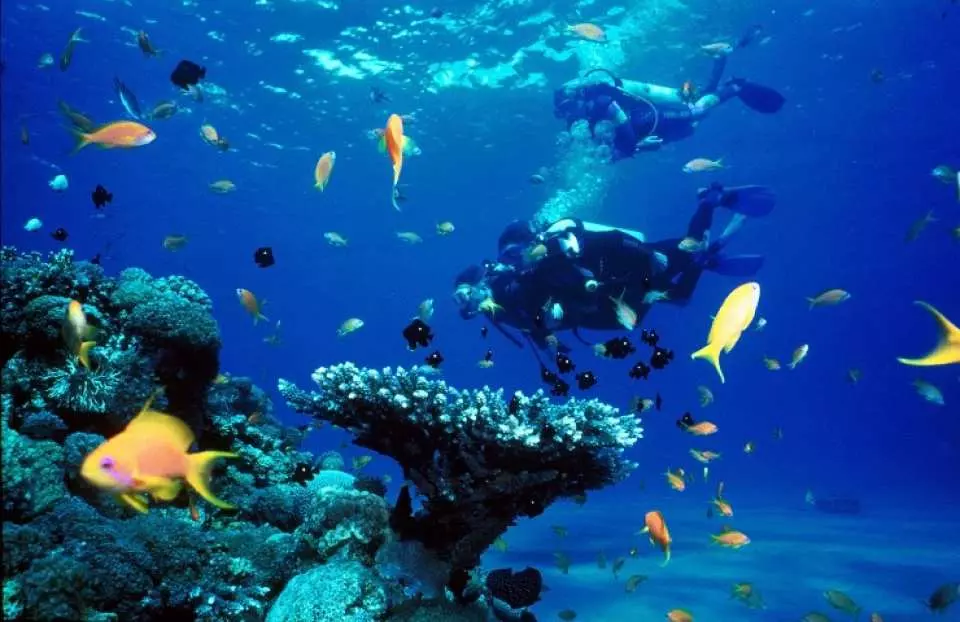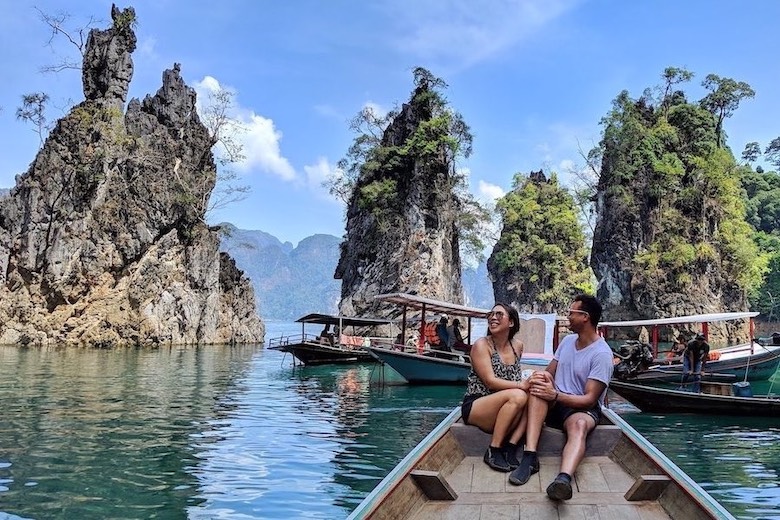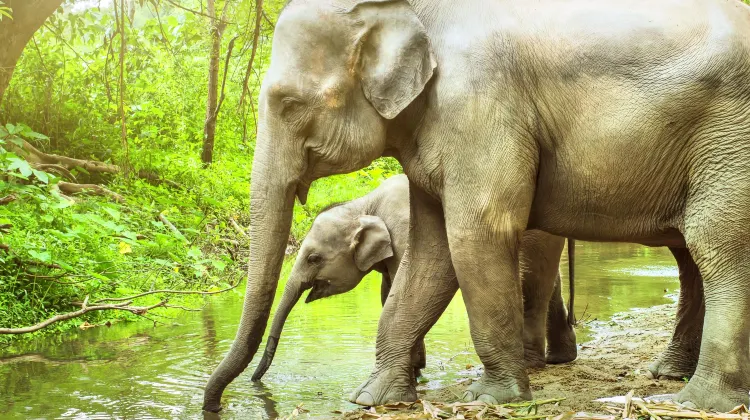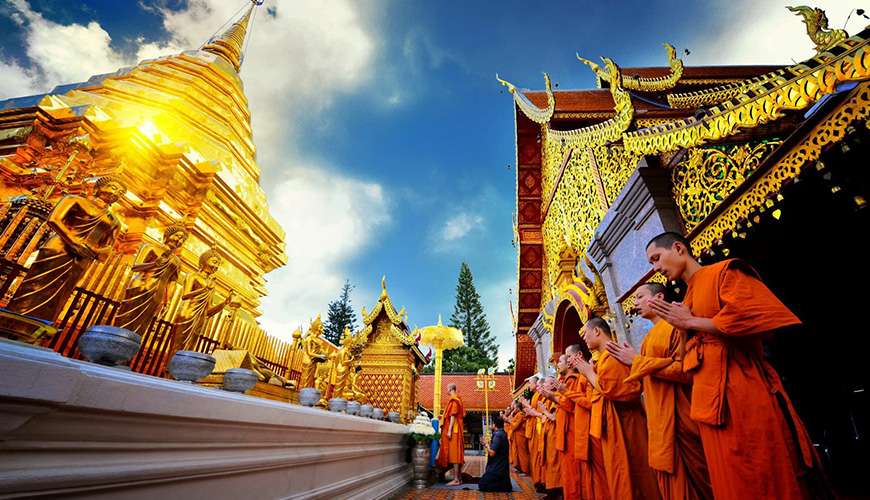
Tips for Thailand Honeymoon Tour When You Visit First Time
Thailand is Asia’s most popular tourist destination, and has an incredibly wide appeal. Everyone from honeymooners to frazzled families to teenage backpackers heads here in search of relaxation, partying or adventure.
If it’s your first visit to Thailand and for your honeymoon tour, I’ll give you some travel tips.

WHAT TO EXPECT
Nature and wildlife
It’s the beaches that draw most travellers to Thailand. Not only are there blissful sands along both the Andaman Sea and Gulf Coast, there are also over 1,000 offshore islands. Their stellar reputation means that many have become swamped, but you can still find crowd-free beaches – you just need to put in the effort to get there.
Diving and snorkelling in Thailand is pretty special and Similan Islands Marine National Park takes the underwater crown. It’s known by divers the world over for its blinding white beaches and coral reefs, where manta rays, leopard sharks and barracuda are commonly seen.

Adventurous types should head to Khao Sok National Park. You can get around this wonderland of limestone karsts, lakes, waterfalls and rainforests by foot, by canoe or via longtail boat, with nights spent in raft houses surrounded by jungle.

There are 3,000-4,000 elephants in Thailand, with around half roaming wild in national parks and reserves. Visiting a sanctuary for former working elephants is a popular activity, but choose carefully – many put profit ahead of animal welfare. At Elephant Nature Park you can see them interacting and grazing as they would in their natural homes. There are no shows or rides here.

Language & culture
The Land of Smiles is largely ethnically Thai, with descendants of Chinese, Indian, Malaysian, Burmese, Lao and Khmer tribes amongst others. Most people are Buddhist and speak Thai – the language has 32 vowels (compared to 11 in English) and five tones – so challenge yourself to learn a couple of words!
The term ‘hill tribe’ refers to the ethnic minority groups living within the forested mountain foothills of Northern Thailand and on the other side of the border in Myanmar, Laos and Southwest China. Each ethnic group has its own traditional customs, dress and language. The Karen hill tribe population is the largest – there are tens of thousands of Karen people living in the county’s remote highland regions.
If you’re a Thai food fanatic back home, the food here will blow you away, thanks to a combination of herbs and chillies that just aren’t as good outside the tropics. Popular classics include poh pia tod (crispy vegetable and meat rolls), kaeng khiao wan (Thai sweet green curry) and mango sticky rice. Enrol in a cookery class in Chiang Mai or Bangkok to learn the secrets of this world-class cuisine.
Haggling is acceptable in a market or for buying multiple items – but remember, a tiny difference for you could be the cost of a meal or a school bus trip for a Thai craftsperson. Be sure the price is fair – for you and them.

BEST TIME TO GO
January and February are midway through the cooler and drier season and are often considered the best time to go to Thailand.
Things start to heat up over March, April and May so this is the time to head south to the beaches or search for less humid conditions amongst the higher hillsides of the north.
As the rains begin to arrive during June, July and August, you’ll find that there are downpours almost every day but only for about an hour or so, which can sometimes be a welcome respite during the late afternoon or early evening.
September and October tend to find the worst of the weather and daily deluges are often strong enough to disrupt travel plans, particularly when trekking in more remote areas.
The end of the year, November and December, finds temperatures starting to dip and is one of the best times to go trekking in the north.
HOW LONG IS NEEDED TO SEE THAILAND?
In a week
It’s probably best to concentrate on one area of the country, for example island hopping around the islands of Koh Chang National Marine Park or exploring the heritage sites of northeast Thailand. This is also a good length of time for a volunteering holiday, with time in an elephant refuge and marine conservation both popular options.
In two weeks
Two weeks is a good amount of time to start to get to know Thailand. You can be offered an overview of the main highlights: beaches and islands, national parks, elephant sanctuaries and some culture. And if you want an active break, then cycling holidays or a self-drive tuk tuk adventure will keep things out of the ordinary.
Three weeks or more
Most longer holidays combine the highlights of Thailand with that of at least two other countries such as Vietnam and Laos, allowing you to take in heritage sites and hill tribe villages as well as beaches.

…AND WHAT NOT TO DO
Don’t flash the flesh when visiting religious sites. Skimpy clothing may be OK in Thailand’s tourist hotspots – but outside of these regions, communities are still largely conservative with Buddhist and Muslim values, so please dress and act respectfully.
Don’t take photos of local people without asking permission. Asking first is a wonderful opportunity to strike up a conversation. You’ll come away with a memory of the encounter, and not just a photo. And if they are uncomfortable with it – respect that and leave them in peace.
Don’t ride elephants. It damages their spines – and the animals have been beaten or prodded into submission to persuade them to allow riders on their backs. Furthermore, many elephant sanctuaries are about exploitation rather than rehabilitation. Read about our stance on elephant trekking.
By their very nature, islands always have resource issues. Be cautious in your water use, and on the smaller and less developed islands be aware of the lack of waste disposal options – avoid using plastic bottles or bags where possible, and always dispose of litter in bins. As well as issues of hygiene and the ugliness of discarded waste, rare sea turtles live off Thailand’s coast, and swallowing plastic bags can slowly kill them.